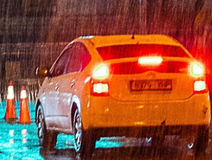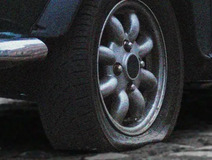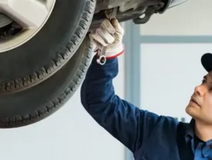
March 15, 2022
Breaking In Your Brand New Tyres

Have you just bought a new set of tyres?
As soon as they're fitted, You're probably raring to go and drive out into the open road.
Sadly, we'll have to stop you for your safety.
Whether you're a first-time buyer or a veteran tyre changer, you need to break in your new tyres.
So before your start packing for your next road trip, let's discuss how to properly break in your new tyres so that you can get the most out of your new set.
Driving on brand new tyres
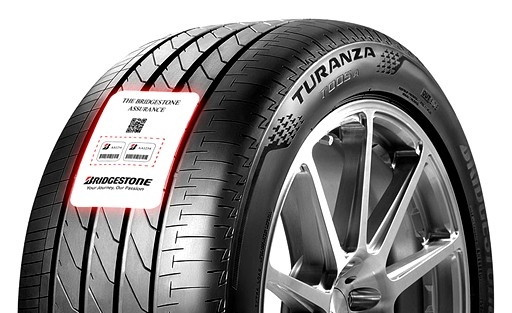
Image credit: Bridgestone Turanza
When you buy tyres and get them fitted onto your vehicle, expect a different driving feel compared to when you still had old tyres.
It's similar to wearing a new pair of shoes. Think about how they feel on your feet when you start walking in them. You'll probably experience some pinching around the toes and chafing on your heels, and it will just feel tight all around.
The same goes for driving with new tyres.
Brand new tyres won't be as grippy as older ones, and they will feel slippery even on dry roads. Expect tyre noise at first as well, with new tyres making squeaking or squealing sounds when you turn corners or brake suddenly.
Here are the two main reasons why your old tyres feel different from your brand new tyres.
• Lubricants:
During the tyre manufacturing process, a release lubricant is applied to the new car tyres to release them from the moulding machines and give them a shiny finish. However, they make your new tyres slightly slippery, and breaking them in will allow these lubricants to dissipate and restore grip.
• Tread depth

New tyres have a tread depth of about 8mm, depending on the tyre size. Since tread wear has not yet set in, it will feel like there is a lot of space between you and the road, causing instability with your drives. When turning, you'll notice that your tyres are squirming a lot because of the deep tread depth.
Why do we need to break in new tyres?
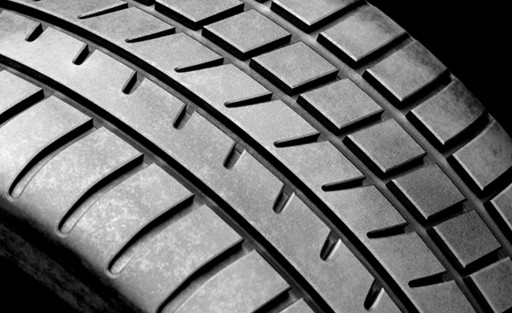
Going back to your new shoes, if you use them daily in increments, they will eventually stretch out and mould themselves onto your feet for a perfect and comfortable fit.
Breaking in new tyres allows them to become accustomed to the road and adjust accordingly. This process will make your tyres perform better, so they achieve optimal grip, ensure longer tread wear and keep you safe.
How to break in your new tyres:
The "new tyre breaking in" procedure is relatively simple but requires patience and some temporary adjustments to your driving style.
1. Your running in period should take up the first 800 kilometres (500 miles) in your new tyres.
2. Drive at moderate speeds. Remember, you're not Verstappen chasing Hamilton down after your pit stop.
3. Focus on easy, gentle driving – smooth acceleration, braking and cornering for a stress-free ride.
After this use, the lubricants and other substances leftover from manufacturing would have already completely worn off.
Once you've completed the first 800km, slowly start driving like you normally would. Your tyres will now be broken in to provide optimum performance.
What NOT do when breaking in your tyres
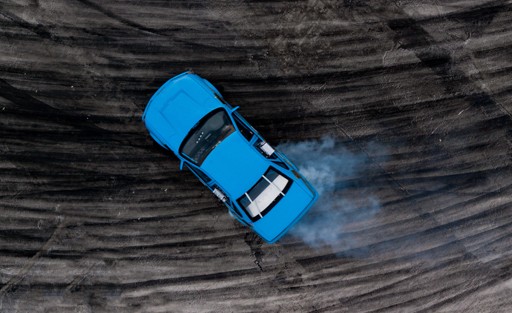
1. Don't plan a cross country road trip anytime soon. Your tyres will not be ready for difficult travelling.
2. Avoid wet road conditions if possible. Get your tyres used to dry roads first.
3. Keep a larger distance between you and the car in front to avoid any accidents that your tyre's still-adjusting braking capabilities could cause.
4. Avoid sharp, high-speed cornering and sudden braking since your tyre might not have the needed traction and stability yet. This is also unsafe for both drivers and passengers alike!
We also advise you to follow your tyre manufacturer's guidelines during this critical breaking in period to ensure your safety and your tyre's optimal performance.
Should tyres get broken in?
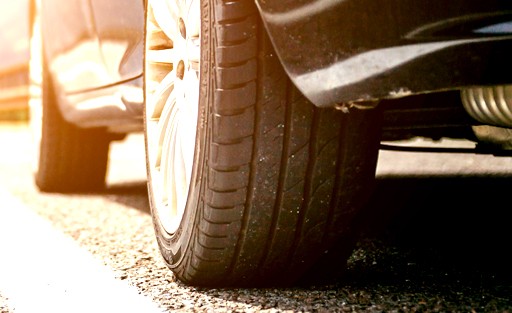
The answer is a definitive yes.
For just less than 1000 kilometres, your new tyre will transform and achieve even more outstanding performance, keeping you safe, saving you money and moving you forward.
Need help choosing new tyres? Give us a call or check out our blogs and guides to help you get the information you need.
